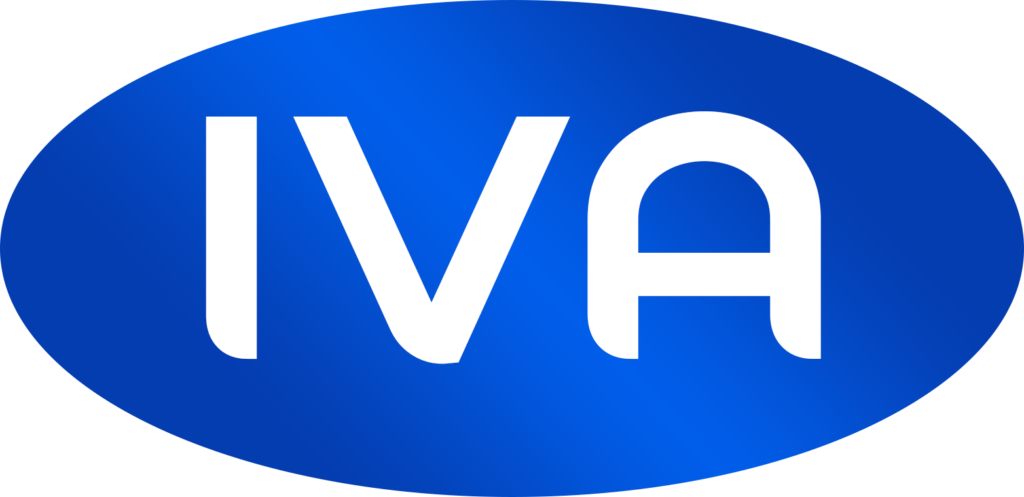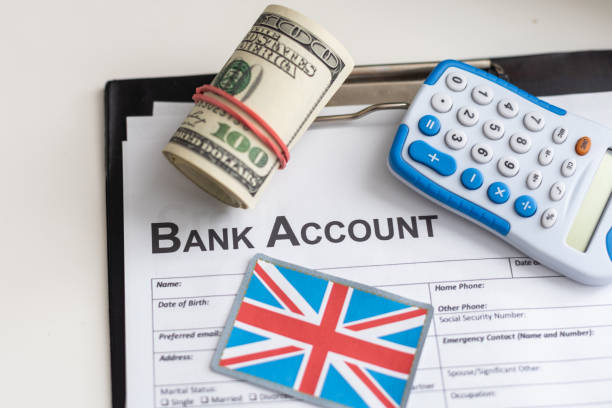Debt Help for UK Self-Employed: IVA Tips That Work
Managing debt as a self-employed business owner in the UK can be particularly challenging. Irregular income, business expenses, and personal financial responsibilities often complicate matters. Fortunately, an Individual Voluntary Arrangement (IVA) can provide a tailored solution for resolving financial stress while helping you maintain financial stability. Here’s how you can navigate the IVA process as a self-employed individual.
1. Understanding an IVA for Self-Employed Individuals
An Individual Voluntary Arrangement (IVA) is a formal agreement between you and your creditors to repay a portion of your debts over a fixed period, typically five to six years. For self-employed UK citizens, this arrangement allows you to continue running your business while addressing personal and business-related debt.
You can explore more about how an IVA can work for you by visiting our IVA application page.
2. Key Benefits of an IVA for Self-Employed Business Owners
- Business Continuity: Unlike bankruptcy, an IVA allows you to keep your business operational while repaying your debts.
- Monthly Allowance: Your insolvency practitioner (IP) will include a reasonable monthly allowance for essential business and living expenses.
- Debt Consolidation: An IVA simplifies debt repayment by consolidating multiple unsecured debts into one manageable monthly payment.
- Legal Protection: Once your IVA is approved, creditors cannot take legal action against you or your business.
3. Eligibility Requirements for Self-Employed Individuals
To qualify for an IVA, self-employed individuals must meet specific criteria:
- Unsecured debts of at least £6,000.
- The ability to make a regular monthly payment (as assessed by an IP).
- A business plan demonstrating how the IVA will allow you to maintain financial stability while running your business.
If you’re unsure about your eligibility, consult an expert via our IVA application page.
4. Tips for Successfully Managing an IVA as a Business Owner
- Work Closely with Your Insolvency Practitioner (IP): Your IP is your ally throughout the IVA process. Be transparent about your income, expenses, and business operations.
- Budget Wisely: Stick to the monthly allowance agreed upon in your IVA to avoid financial setbacks.
- Separate Business and Personal Finances: Maintaining distinct accounts for business and personal transactions will help you stay organized and compliant.
- Plan for Irregular Income: If your income fluctuates, communicate with your IP to discuss potential adjustments to your payment plan.
- Focus on Growth: Use the financial breathing room provided by the IVA to stabilize and grow your business.
5. How Does an IVA Compare to Bankruptcy for Business Owners?
While bankruptcy may seem like a quick fix, it often requires you to close your business and sell assets, which can be devastating for self-employed individuals. An IVA, on the other hand, allows you to resolve financial stress without jeopardizing your livelihood.
6. What Debts Can Be Included in an IVA?
As a self-employed business owner, you can include most unsecured debts in your IVA, such as:
- Business loans.
- Credit card debt.
- Tax arrears owed to HMRC.
However, secured debts like mortgages or hire purchase agreements cannot be included.
For detailed guidance on managing debts as a self-employed individual, visit our IVA application page.
7. Seek Professional Support to Resolve Financial Stress
Navigating the IVA process as a self-employed UK citizen can feel overwhelming, but you don’t have to do it alone. Professional guidance ensures your IVA is tailored to your unique circumstances, giving you a solid path to financial recovery.
At Apply for IVA, we specialize in helping individuals and business owners regain control of their finances.
Take Control of Your Financial Future
If you’re struggling to manage debt while running your business, an IVA could be the solution you need. Reach out today for personalized advice and take the first step toward maintaining financial stability.
#IVASolutions #SelfEmployedDebtHelp #ResolveFinancialStress #BusinessOwners #MaintainFinancialStability #UKCitizens #DebtRelief







